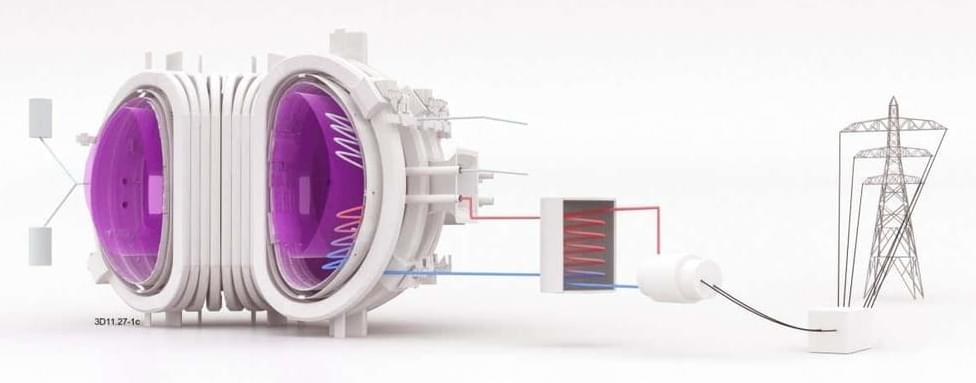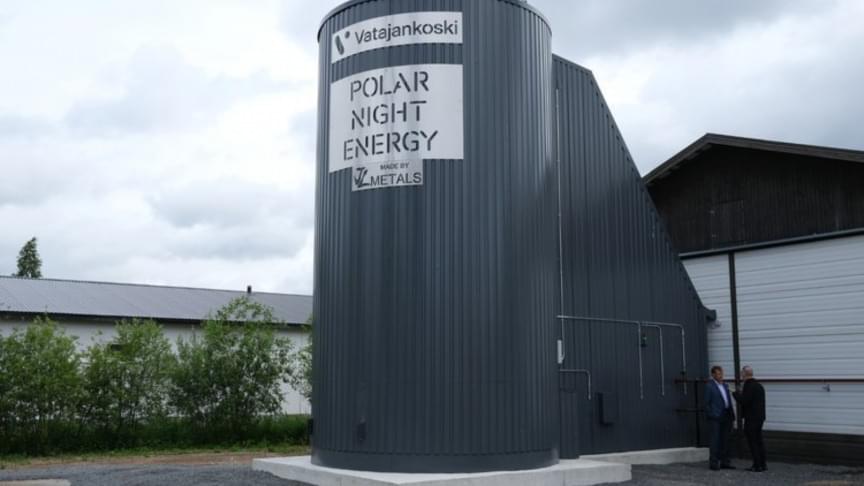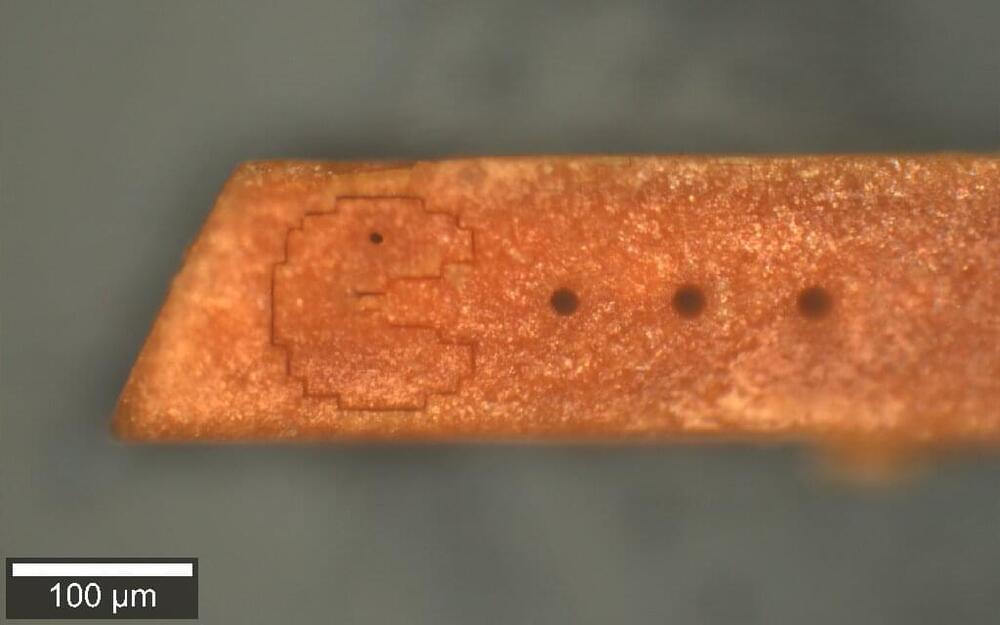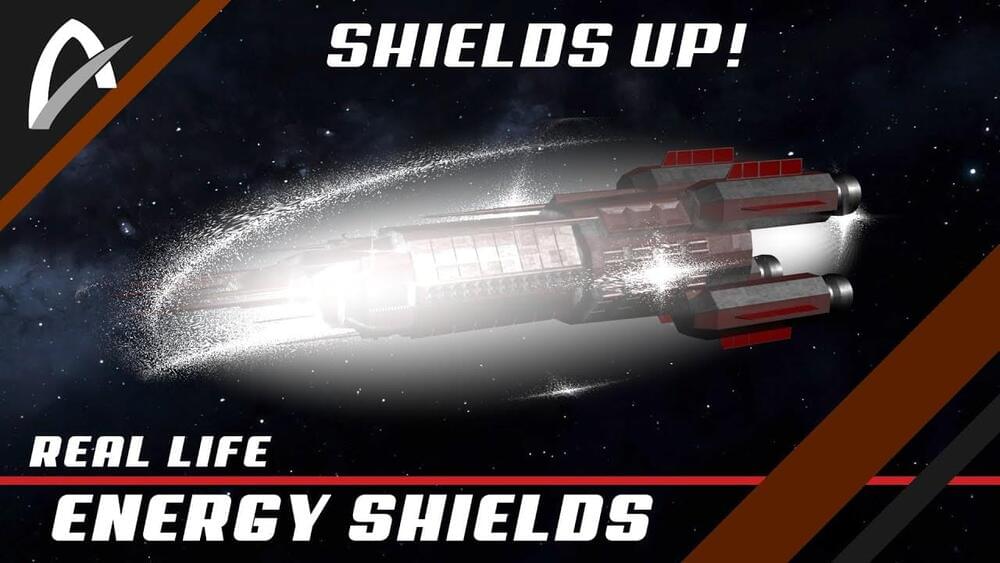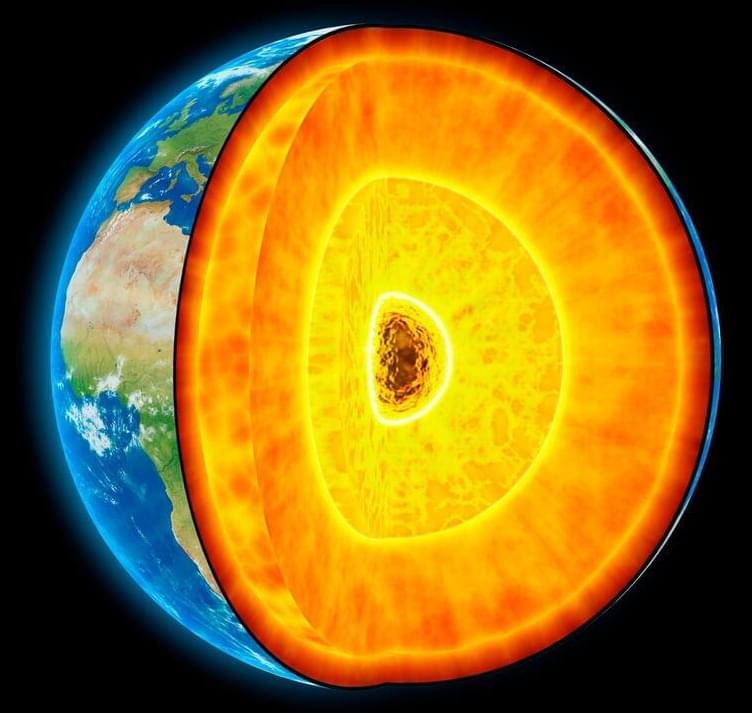Eurowind Energy is building wind-solar capacity at five onshore energy centers and is also considering hydrogen electrolysis. It says each of the sites will include battery storage to offer grid services.
Category: energy – Page 164
The EuroFusion consortium hopes its DEMOnstration Power Plant will take fusion power from the lab to commercial electricity supply by 2054.
A lot of heat gets lost during the conversion of energy. Estimates even put it at more than 70%. However, in thermoelectric materials, such as those being studied at the Institute of Solid State Physics at TU Wien, heat can be converted directly into electrical energy. This effect (the Seebeck effect) can be used in numerous applications in industry but also in everyday life.
Recently, Ernst Bauer’s research team made an exciting discovery in a thermoelectric material consisting of iron, vanadium and aluminum (Fe2VAl). The researchers recently published their results in Nature Communications.
“The construction of the storage went well, especially considering that the solution is completely new,” said Polar Night co-founder and chief technology officer Markku Ylönen in a statement.
“We managed to get everything in order despite some challenges and a short delay.”
He said the first installation has shown that the system “has even more potential than we initially calculated”.
A non-volatile silicon photonics switch based on phase-change materials actuated by graphene heaters shows a switching energy density that is within an order of magnitude of the fundamental thermodynamic limit.
Laser cutting techniques are usually powered by high energy beams, so hot that they melt most materials. Now scientists from McGill University have developed a gentler, more precise technique using low-power visible light.
Shields Up! Real Life Energy Shields
Posted in energy
Support our work via Patreon: https://www.patreon.com/AsteronX
AsteronX.com.
Tweets by AsteronX
https://www.facebook.com/asteronx/
Did you know that the best kind of armour is the one that is already vaporised?
Hello, I’m Todd and this is AsteronX.
Today we’re going to be discussing real energy shields, and even propose one, maybe two, of our own concepts.
Armour, regardless of whether its protecting against weaponry or the hazards of space travel in general, is limited by its melting and vaporisation temperatures.
Theory underpins our understanding of convection in the Earth’s outer core and its function in controlling the planet’s magnetic field. Convective flows or how they may be changing have never been directly observed by scientists. Virginia Tech geoscientist Ying Zhou puts proof forward for the first time.
A large earthquake shook the Kermadec Islands region in the South Pacific Ocean in May 1997. A little over 20 years later, in September 2018, a second big earthquake hit the same location, with its waves of seismic energy emanating from the same region.
Although two decades separated the earthquakes, because they occurred in the same region, they’d be expected to send seismic waves through the Earth’s layers at the same speed, said Ying Zhou, a geoscientist with the Department of Geosciences at the Virginia Tech College of Science.

